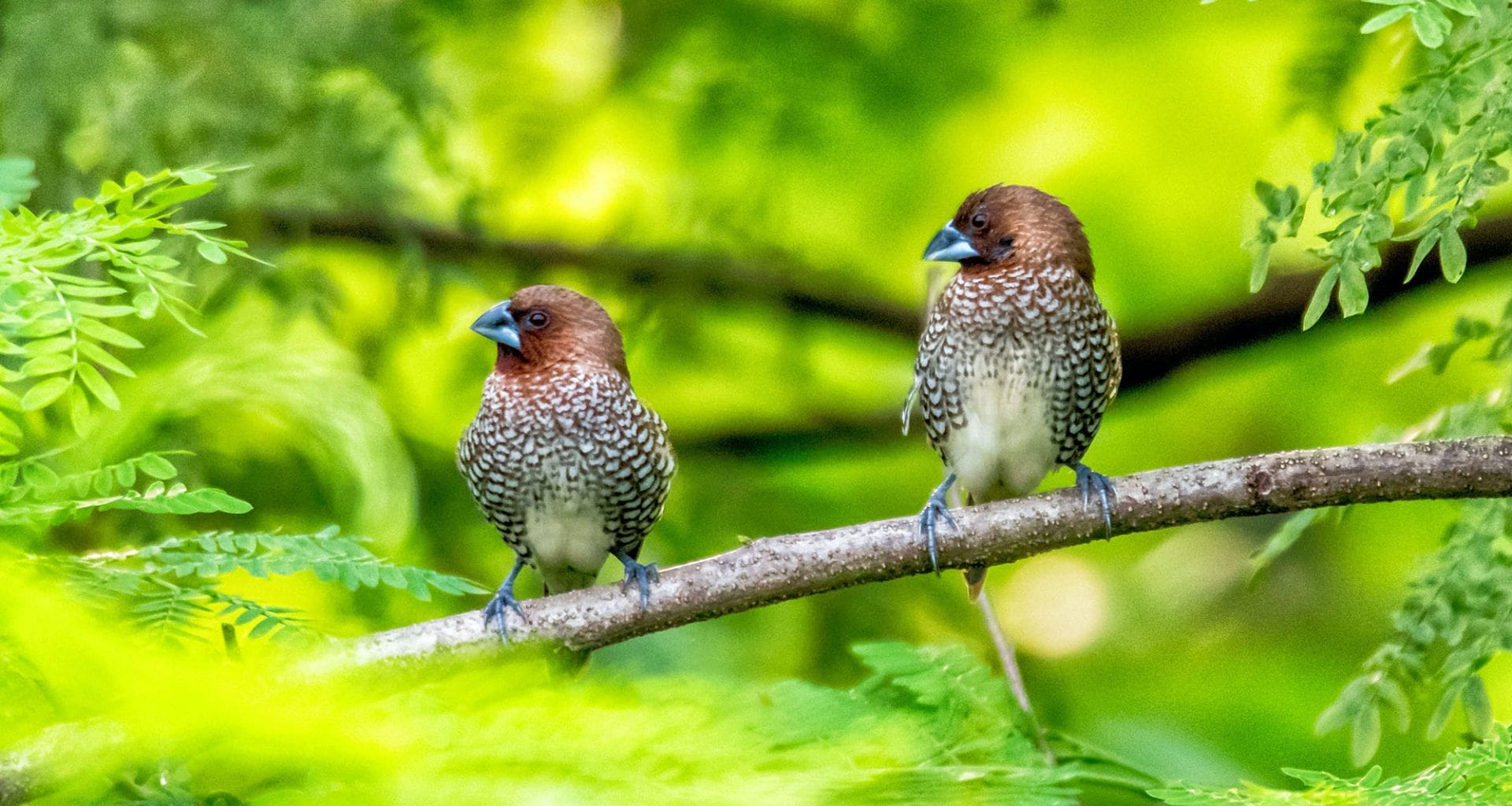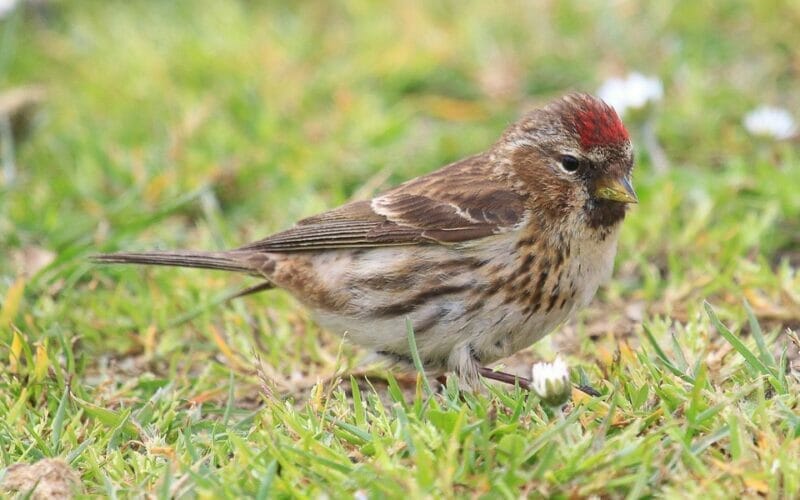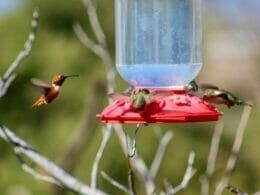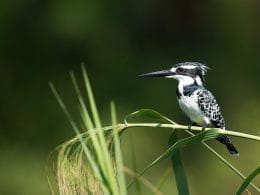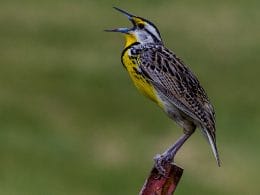Birding presents tons of fun for those interested in the winged, egg-laying section of the animal kingdom. To make sure you and all the other birders out there can enjoy this hobby to the maximum, everyone should follow birding etiquette and ethics.
These simple sets of guidelines aren’t just about how to interact with your fellow birders when out on the field, but also how to behave around birds and how to work with any other outdoor enthusiasts who share the same forests and ponds.
Is Birding Etiquette the Same as Birding Ethics?
This may come as a surprise to many birders, but birding etiquette and birding ethics are two different things. Granted, both are a bunch of rules that aim to ultimately make our beloved hobby consistently enjoyable for people and birds, but they don’t exactly address the same aspects of birding.
Author Note: To put it simply, birding etiquette is mainly concerned with how fellow birders should interact while birding ethics is primarily focused on the birders’ responsibility towards the natural world including the birds, their habitats, their behavior, and their food.
We’ll be explaining the two concepts more thoroughly down below.
What is Birding Etiquette?
When it comes to birding in a group setting, one should respect certain considerations that concern not only the birds and wildlife but also fellow birders in your group. Following this birding etiquette ensures that you and those around you will have a positive, fun, and rewarding experience.
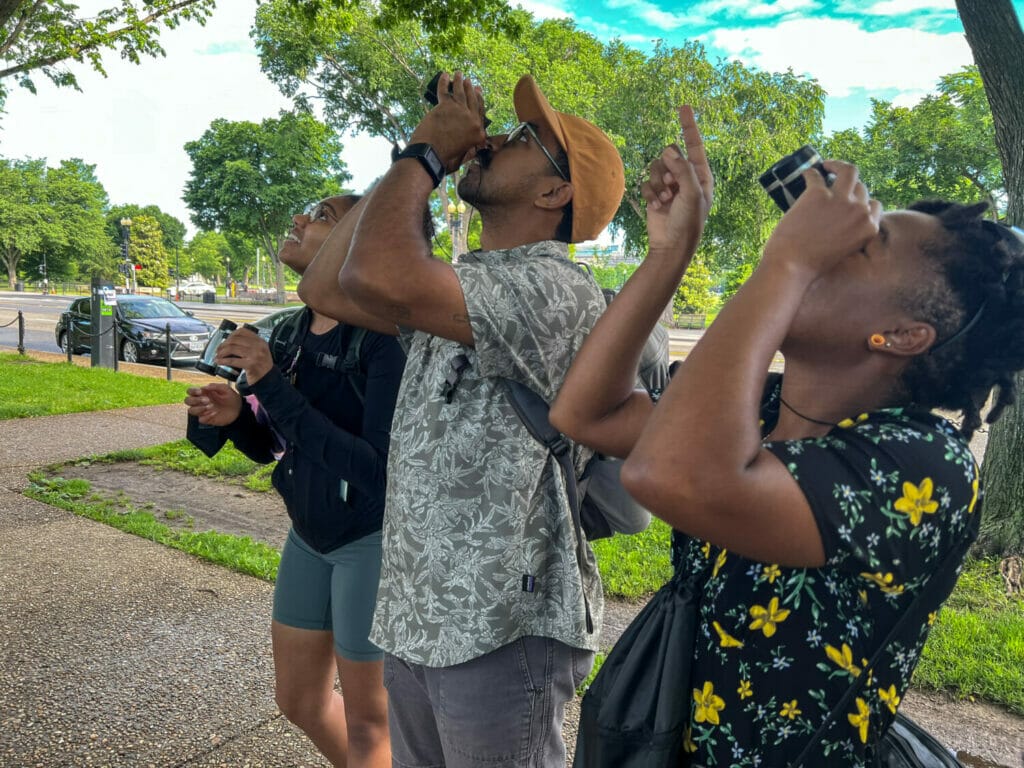
Keep it Quiet
Ask any wildlife enthusiast and they’ll tell you: noise is the number one disturbance to animals in nature. Birds are no exception, so you should really keep voices down especially if we’re talking about a group setting where even a conversation between two members can be loud enough to chase away nearby birds.
So if you want to make sure everybody in the group gets a good view of the bird, being as quiet as possible is the solution. Hold conversations in low tones to avoid scaring off birds and allow birders to hear bird calls that often help in identify birds.
Put Your Phone on Silent (or Airplane Mode)
In line with the previous point, please put your phone silent. You’ve probably done it before for a meeting, in church, a movie, or even to take a nap, so why not add birding to the list?
Don’t be that annoying person whose cellphone starts to ring obnoxiously just when a rare bird makes an appearance. Not only will you have to endure the disappointment of your fellow birders, but you may end up costing them and yourself a once in a lifetime opportunity.
Putting your phone on silent is birding etiquette 101, everyone should do it so extend the same courtesy when you’re on the field. Trust me, you won’t be very popular in your group if your ringtone suddenly blasts out. phone.
While you’re at it, don’t check your social media and try to postpone any phone calls that aren’t important. Focus on appreciating the beauty of nature.
Be Aware of Your Space
While on the field, try to use only as much space as necessary for your activities. Remember, you’re not the only one trying to snap a photo through that tiny gap in the bushes foliage. Other birders will surely appreciate the gesture of minding your space.
Similarly, when birding on a trail, it’s a nice idea to step slightly off the road to observe a bird. This way, hikers, bikers, joggers, and fellow birders will be able to enjoy their time outdoors and no one will be forced to go around you.

One motto you should always follow when birding in a group is “share and prepare”.
You should be willing to share scopes, field guides, and other birding equipment with fellow birders in your group. Expect that not everyone will have the same resources, so it’s a common courtesy to let others take a peek through your scope or share a field guide reference.
Still, a birder should never go out assuming they’ll be able to use another’s equipment, which is where the “prepare” part of the motto comes into play. Alway set out as fully prepared as possible and bring your own materials so you don’t have to depend on the generosity of others or miss any observations.
Similar to the previous sharing concept, when you spot a bird (or even as little a flash of color or a flutter of movement), share your sightings with the rest of the birders in your group.
Not only will you be recruiting more pairs of eyes to take part in identifying the bird, but also more experienced birders may be able to offer help in attracting the bird out of its hiding. Keep track of the birds’ location based on surrounding trees, signs, or other landmarks so fellow birders can spot it easily.

Let Others Get a Clear View
There’s nothing more precious than a bird’s eye view when birding, so help your fellow birders catch a clear view by not walking in front of them as you try to find a vantage point for your viewing pleasure.
Author Note: Such a position can be especially tricky to find when dealing with a small bird that’s particularly secretive. In this case, don’t step in front of someone else’s binoculars to have a better view – that’s just plain rude.
Instead, ask them to move aside once they’ve had their look. If you’re the one with the good view of a shy bird, step aside once you’re done so others can enjoy the view as well.
Take Note of the Queue When Using the Spotting Scope
You never know how long a bird is going to sit still, so once your guide sets up a spotting scope, be quick to form a line and observe this queue.
Take a brief first view and move aside so that everyone in the group gets a look. Once all members of the group have had a chance of an initial look, you can go back for a longer peek if the bird continues to sit still.
Don’t Rush Other Birders
As long as you’re birding in a group, expect that there’ll be birders of all experience levels. So if you’re already familiar with a certain spotted bird, do not assume that everyone else also has the same knowledge of the bird.
Remember, you were once a beginner as well so be patient with new birders and allow them to have the chance to observe even everyday birds without making them feel like they’re holding you back.
Never play it down when newbies spot a common bird just because you’ve had the opportunity to see it before.
Keep Groups Small
Many organized birding field trips have limited participation numbers for good reason: the more people there are in the group, the more likely it is that the birds will be easily disturbed and difficult to see. While it is perfectly acceptable to invite guests who are interested in birding, avoid bringing individuals who are not prepared for the birding. In particular, very young children may not have the attention span or patience for an intense birding trip and their presence may be distracting to other avid birders.
When you carpool with other birders on field trips, you’re not just being more environmentally conscious, but you’re also reducing the disturbance caused by birding groups in each area.
Additionally, sharing rides gives you a nice chance to meet other birders who share your passion for the hobby. You’ll get to share identification tips, birding stories, and local sighting information.
Stick Together
It can be pretty tempting to venture away from the group when you spot a bird offroad or when you want to take a better look at a bird after everyone has had their fill.
We’ve all been there and while you’ll find that a group of birders will naturally spread out, try to stick together to avoid getting lost in unfamiliar territory, holding up your fellow members, or missing the next bird.
Pay Attention
Birders shouldn’t be told this twice – pay attention to what your guide has to say. Most birding trips are lead by one or two guides who are particularly familiar with the area and its birds.
Paying close attention to your guides won’t just help you learn more about the birds you’ll be seeing, but it also lets them know you respect and acknowledge their expertise.
Moreover, guides usually offer valuable tips about nearby birding locations or warnings regarding restricted areas or local dangers you need to be aware of.
What is Birding Ethics?
Being surrounded by such an amazing variety of birds is a great privilege that requires our utmost gratitude.
As such, we can’t take the biodiversity of the birds’ wildlife for granted. In fact, it’s our duty as birders to show respect and care for the birds’ natural world. As we mentioned above, this includes all things related to the birds from where they live to what they eat.
Following the code of birding ethics, as made available by the American Birding Association allows everyone to practice respectful, thoughtful, and enjoyable birding. Be sure to incorporate these birding ethics in your daily lives:

Promote the Well-being of Birds and Respect Their Environment
The first order of business when it comes to birding ethics is to support and respect the welfare of birds and their environment, which is better practiced through the following guidelines:
- Take part in supporting birds and their habitat by promoting and engaging in bird-friendly practices as much as possible.
For example, keep your cats or other pets indoors (or under control), try to prevent/minimize window strikes using marking techniques, and provide safe feeding stations.
Author Note: If you’re into landscaping, try to incorporate native plants, and if you like to grow your own coffee beans, go for shade-grown coffee since such farms provide excellent habitat for a lot of migratory and resident birds.
Environment Conservation
Advocate for conservation policies and avoid activities that may impose any negative environmental effects including actions that contribute to climate change.
- Don’t do anything that may stress birds or expose them to danger. This means being extra careful around active nests, nesting colonies, feeding sites, roosts, and display areas.
- Exercise restraint while observing, photographing, filming, or sound recording. Using recordings and other techniques of attracting birds should be kept to a minimum and stopped altogether in heavily birded areas or if it’s going to be used to attract species that are rare, threatened, endangered, or of special concern.
- Always refrain from disturbing birds’ habitat. If there’s a particular need for extended observation, photography, recording, or filming in such sensitive areas, try to make use of natural cover when hiding or using a blind.
Additionally, limit the use of artificial light for photography or filming, especially when doing close-ups.
- Wear neutral clothing because some birds are sensitive to bright colors that might be present on shirts and clothes.
- If you come across a rare bird consider the risk of potentially disturbing the bird, its surroundings, and other people who may be living nearby before advertising its presence.
It’s best to proceed only if access to the bird’s habitat can be controlled, the disturbance will be limited, and permission has been granted by private landowners. Any information regarding the sites of rare nesting birds should be disclosed only to the proper conservation authorities.
- Try your best to stay on roads and trails wherever possible to reduce habitat disturbance.
- Do not Not only does it look bad, but roadside and trail garbage can also be very harmful to wildlife and the environment. Collect any trash you generate while in the field and bring it back to the lodge to dispose of there.
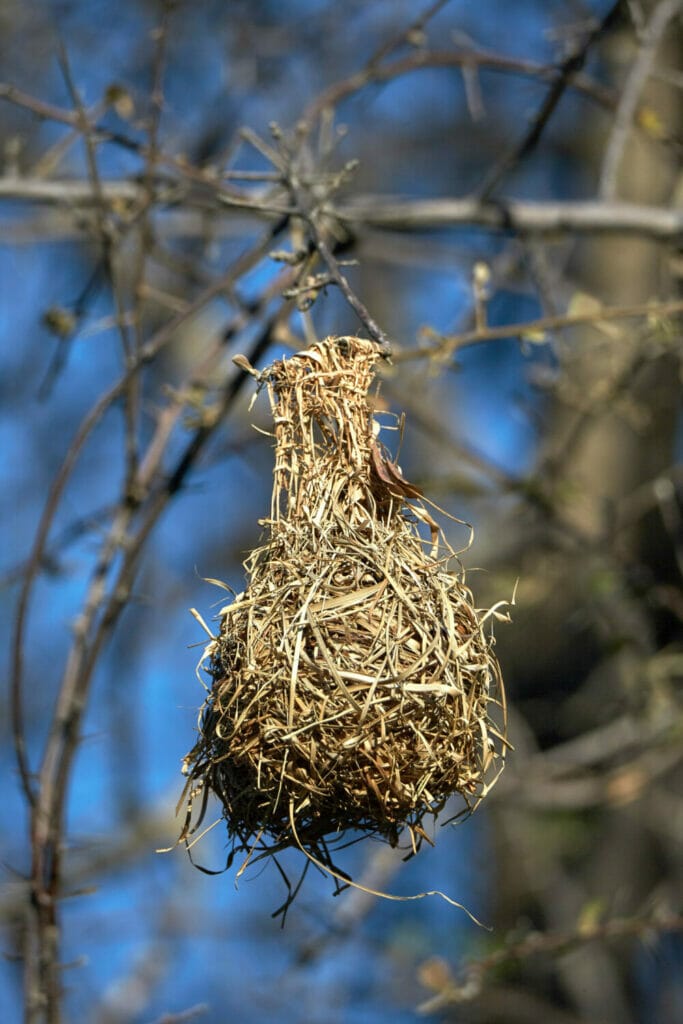
Ensure the Safety of Feeders, Nest Structures, and Other Artificial Bird Environments
You can help protect feeders, nest structures, and similar artificial bird environments by practicing the following guidelines:
- Maintain the cleanliness of all water and food dispensers. Make sure they’re free of decay or disease-inducing agents. Also, keep the feeders full as it’s important to continually feed birds during harsh weather.
- Clean the nest structures regularly and see that they’re properly maintained.
- If you’re planning on attracting birds to a certain area, be sure to keep the birds away from any danger such as predation from cats and other pets or harm from artificial hazards.
Respect the Law and the Rights of Others
Birding should be fun for you, but such fun should not become a source of annoyance for those around you. This is why respecting the law along with the rights of others is an integral part of birding ethics, so make sure you stick to the rules below:
- Never enter private property without obtaining the landowner’s explicit permission. Respect the interest of people living anywhere you’re birding and keep your interactions with them on the positive side.
- Get familiar with all the laws, rules, and regulations governing the activities at any bridging location you plan on visiting and the use of roads and public areas whether locally or abroad. This will help you better follow the rules and protect you from any legal repercussions.
- Conduct common courtesy when in contact with other people. Your behavior will represent birders everywhere and establish a good reputation among birders and non-birders alike.
Respect and Support the Birding Community and Its Members
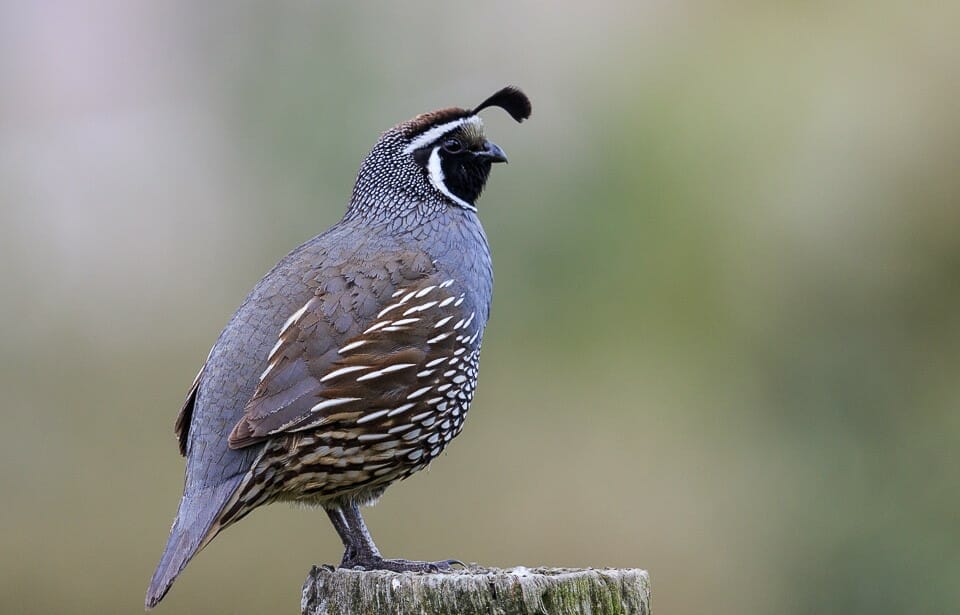
- Whether organized or impromptu, group birding requires special care. Accordingly, each individual in the group has responsibilities as a group member in addition to and without interfering with the ones stated in the previous points.
- Respect the rights, skills, and interests of fellow birders in your group as well as people participating in different legitimate outdoor activities.
- Freely share your knowledge and experience with other birders especially beginners (except if it violates other sections of this code).
- Be an exemplary ethical role model for your group by following this code. Lead others through word and example.
- If you find yourself in the position of witnessing unethical birding behavior, you should carefully evaluate the situation and intervene if you think it’s wise. In this case, inform the person(s) of what they’re doing that’s inappropriate and try to have the action stopped within reason and without putting your wellbeing at risk.
- If the behavior doesn’t stop, document it, and report the incident to appropriate officials or organizations. This is one of the responsibilities of the group leader in amateur and professionals tours and trips.
- Keep groups to a number of members that minimizes impact on the birds and the environment. It should also not interfere with other birders and outdoor enthusiast that may be using the same area.
- Make sure that all members of the group know of and practices this code.
- If any special regulations apply to the area the group is visiting, be sure to relay them to all members. For example, a “no tape recorders” rule.
Wrapping Up Birding Etiquette
Following birding etiquette and ethics ensures that birders have an enjoyable and fruitful experience. It also helps build a better future for birds in their natural habitat. We hope you found this article on birding etiquette useful and inofrmative.
Fly high friends!
FAQ
People who watch birds are called bird watchers and people who look for birds are birders.
Absolutely. There are lots of benefits for your mental and physical health. From getting out and experiencing nature to walking in the fresh air, it is a very healthy hobby.
Facebook is a great place to start. Or even just use Google if you prefer. Just search for the words ‘birds’ and your location. It should come up with local bird watching organizations in your area.




